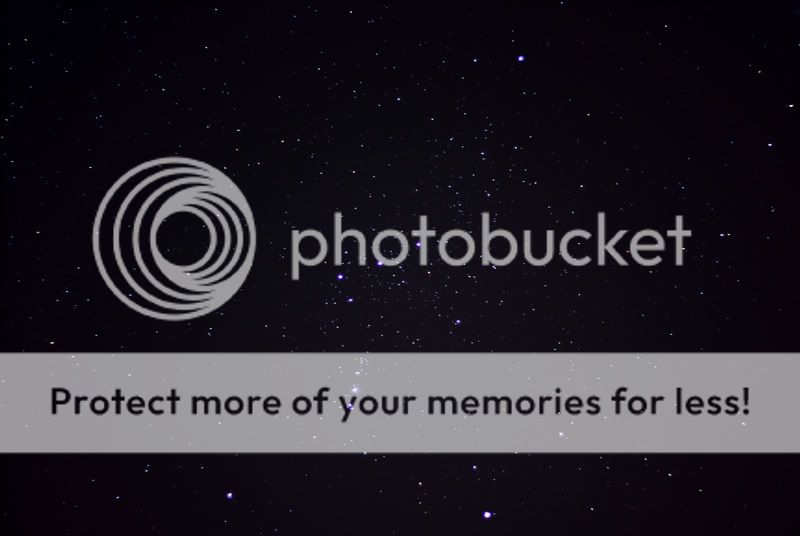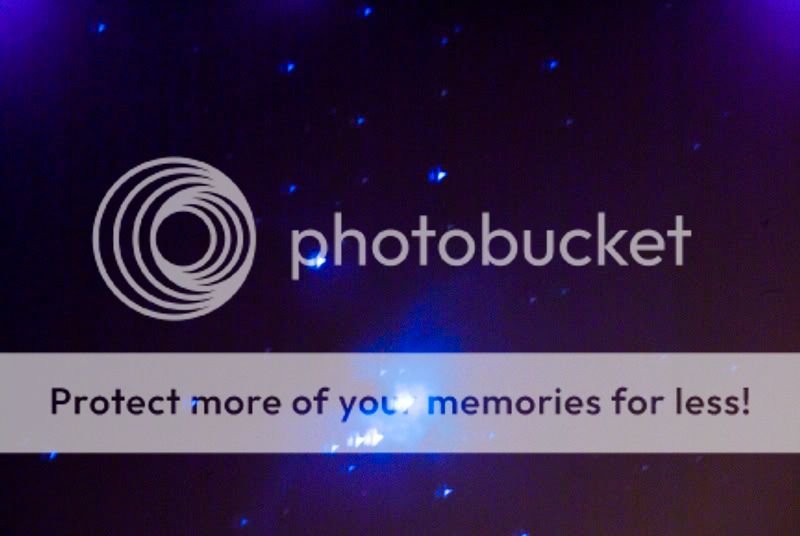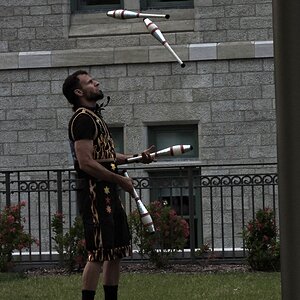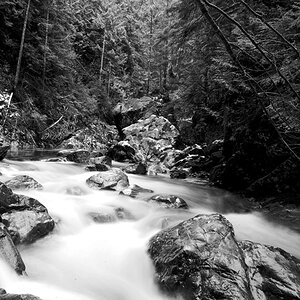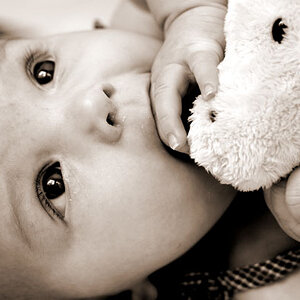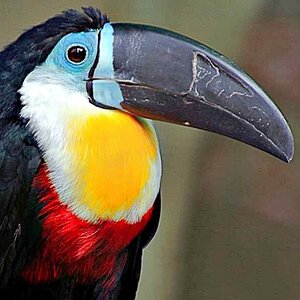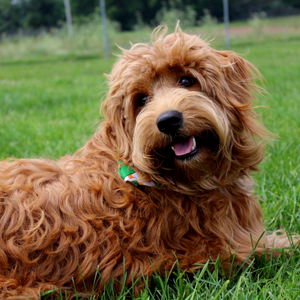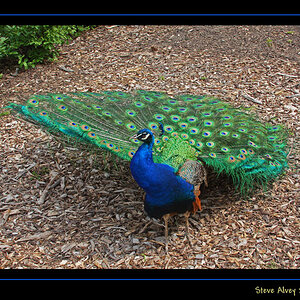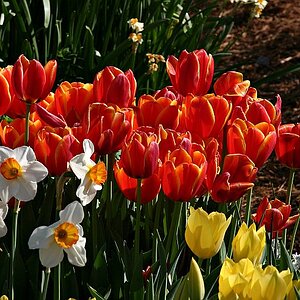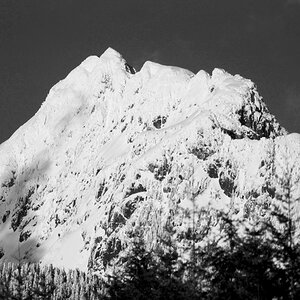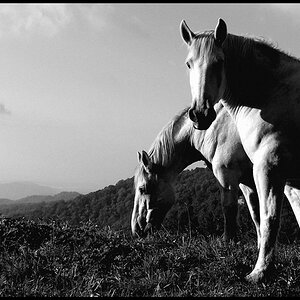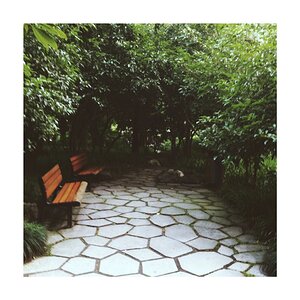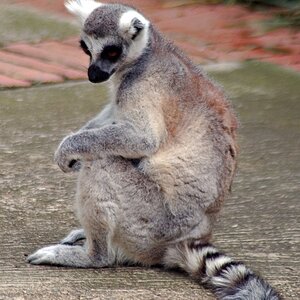Kerri Rae
TPF Noob!
- Joined
- Apr 10, 2007
- Messages
- 52
- Reaction score
- 0
- Can others edit my Photos
- Photos OK to edit
I take trips out to the country often and have been trying my hardest to get some decent pictures of stars without much luck. They always look blurry and out of focus.
I have a decent tripod (Using Rebel xti w/18-55 lens). I use the self timer to avoid any camera shake and although I've had much troubles with wind, I'm pretty sure that isn't the problem.
Any hints or tips you can offer?
I have a decent tripod (Using Rebel xti w/18-55 lens). I use the self timer to avoid any camera shake and although I've had much troubles with wind, I'm pretty sure that isn't the problem.
Any hints or tips you can offer?


